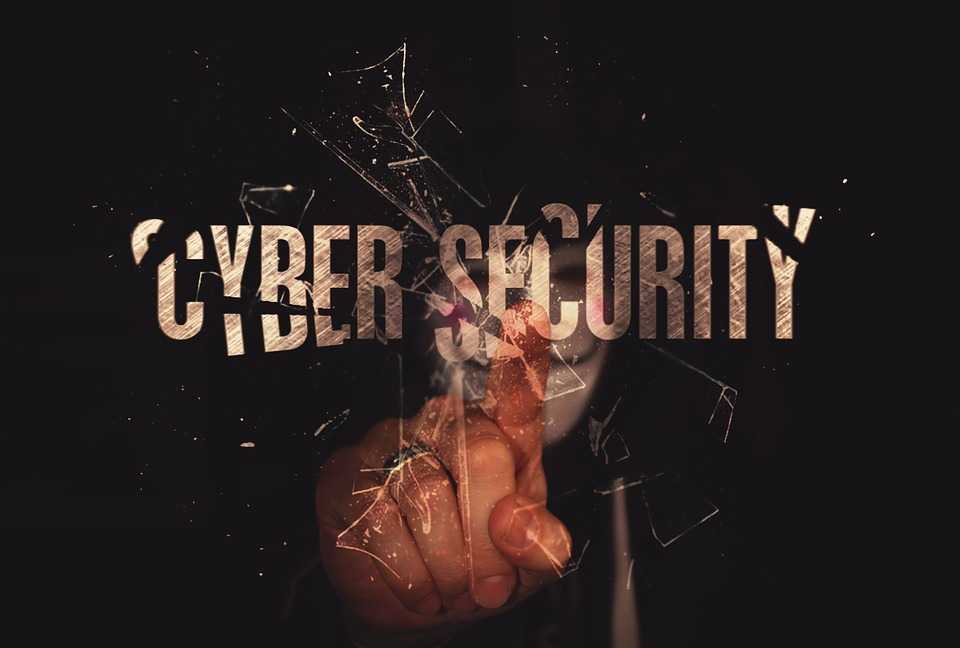
Cybersecurity
COVID-19 pandemic is on the verge of receding, but it has left cyber experts with a new set of challenges.
The cybersecurity threats 2021 challenge is up and running. As a result, hackers are well aware of post-COVID changes in the functioning of businesses across the globe.
We all know how vital healthcare has been throughout the pandemic days but, cybercriminals apparently had no intentions of going easy on the world.
A report by Verizon states that. Back in 2020, there was a 58% spike in data breaches in the healthcare industry alone.
Thus, it is time to take our website’s protection into our own hands, which is why we are sharing four of the most lethal cybersecurity threats/trends and five ways to protect against them.
1. Word-from-home connection test
Working from home was inevitable when the pandemic was on the rise, but that came with a considerable problem of connection security.
Companies that did not have the required infrastructure (security portal or application) were forced to rely on the security of their employee’s devices.
People use personal devices for various reasons; they surf unsolicited websites and even install apps from unknown sources, so handing over company data to them can prove costly for businesses.
2. Employee loyalty issue
Due to the pandemic, many employees were forced to quit their jobs, but vital business data remained with them.
In today’s world of social media, people happily mention their work which makes them an easy target for cybercriminals.
They can quickly get the company’s vital information in exchange for ransom.
Thus, trusting employees has become a big problem for companies.
3. Mobile transaction frauds
Data breaches can happen through mobile as well. For example, malware can be quickly injected if a user downloads an unsecured application from an unknown source or clicks a popup.
Such malwares can result in MITM attacks while transacting on a site. As a result, maintaining employee device security has become a paramount concern for businesses.
When connected to the company’s server, Infected devices can act as a medium for hackers to get into the company’s data files.
4. Phishing attacks
Phishing attacks are generally initiated in the form of emails.
Hackers send emails on behalf of a legit company (using identical email templates) and trick employees into clicking unsolicited links containing malware.
Sometimes the links automatically download malicious software, and users don’t even notice that.
Most companies do not train their employees for such attacks as they are bound to work under secure network connections and under management supervision.
But, operating from their own devices can prove fatal as the network is unsecure and there is no supervision of what a user is doing on their system.
Ways to protect against Cyber Threat Trends 2021
1. Employee education is a must
No software or procedure can substitute employee education in today’s world.
An untrained employee is fatal for your business as hackers can easily target them and capture your sensitive information.
You must have a cyber response plan wherein you must ask all the employees to inform the management if anything goes wrong.
Moreover, the management should quickly identify the problem and shut all organizational operations, if necessary.
2. Ensure business security
Attacks can happen at any time. Unfortunately, you cannot watch how information is getting intercepted on your primary server, which is why installing an SSL certificate is necessary.
An SSL certificate protects the in-transit communication on a website by encrypting all the data transmitted between a client and a server and passing it over a secure network where interception is next to impossible.
SSL or Secure Socket Layer certificate enables HTTPS or Hypertext Transfer Protocol Secure encryption which is essential to be considered as a secure website.
SSL certificate is available in various types like standard SSL certificate, wildcard SSL certificate, multi domain certificate, etc. If you are looking to protect a single primary domain, a regular SSL is enough, but you must get a wildcard certificate if you want to secure unlimited first-level subdomains along with your primary domain. A cheap and scalable option, a wildcard cert is the best choice for ecommerce owners.
So, ensure your business’s cybersecurity and invest in the right kind of SSL certificate today.
3. Run audits regularly
Audits are meant to keep you up with global standards. They can help you decide whether or not you need compliance with global bodies.
Moreover, audits can help you figure out whether you are keeping up your business and customer information security.
Audits can also help you maximize productivity by cutting loose on not-so-important tasks, which will eventually decrease the burden on your employees.
4. Learn how to repel phishing attacks
Phishing attacks are pretty standard as a hacker doesn’t have to breach any password or break any code; they simply have to send an SMS or email containing the malicious link after clicking which, your data will be compromised.
To remedy that, you must use anti-phishing plugins or tools that can signal you anything suspicious in a mail or a message.
Moreover, you must teach your employees how to identify phishing emails. For example, ask them to notice the placement of the company logo, grammar errors and, “Dear Customer” instead of your name.
5. Beware of PDF scams.
Unlike a phishing attack where hackers will ask you to click a link to inject malware, in a PDF scam, hackers ask you to open a PDF in which they claim to have your bank details, account statement, P/L of your business, and even official papers.
In such a case, a person might draw towards opening it right away, even without verifying the email address.
Of course, who else can send your bank statement to you other than your bank, right? Well, that is precisely what hackers want you to think.
Such PDFs are malicious, and upon opening them after downloading, your system becomes vulnerable to malware.
So, don’t open PDFs without taking a look at the email address. If this is not the first time you receive a bank statement from that account, it’s okay.
To Conclude
As business owners, we all think that we are safe and secure, but the reality is way different from that.
Since COVID-19 has changed business dynamics, business owners must ensure that they have a trained staff and security protocols to ensure maximum safety.
Integrate these five tips given above to stay cyber secure.





